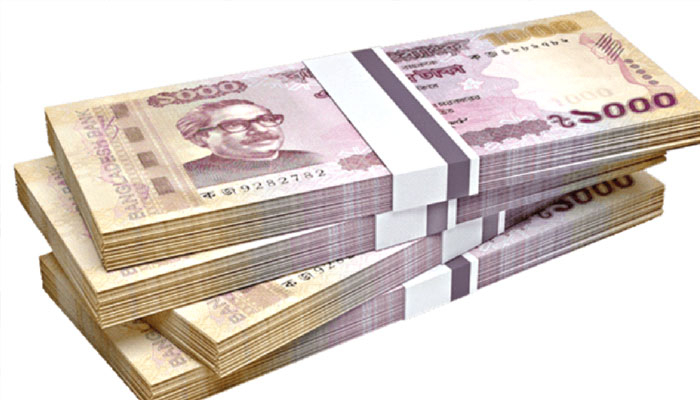
The call money rate is the interest rate on a short-term or overnight loan from one bank to another to meet an urgent requirement.
The lending rate ceiling in banks reached nearly 11 per cent in November from 10.7 per cent in October.
The rate experienced a sharp spike as the Bangladesh Bank on October 5 raised the policy rate by 75 basis points, moving it from 6.4 per cent to 7.25 per cent in an effort to combat inflationary pressures.
The move was in line with the central bank’s introduction of an interest rate corridor in its monetary policy statement on July 18, which allows the interbank call money rate to fluctuate around the policy rate.
Banks typically resort to emergency loans like call money to rectify asset-liability mismatches, fulfil statutory CRR and SLR requirements and respond to sudden surges in fund demands.
According to Bangladesh Bank data, the weighted average rate was 5.80 per cent in December 2022, compared with 4.88 per cent in June of the same year.
The call money rate began its sharp ascent after March 21, 2022, when it stood at 2.05 per cent, according to the BB data.
Bankers said that the government’s increased borrowing from the banking system, BB’s dollar sales to banks to settle import bills and a rise in treasury bill rates were creating stress on the liquidity.
The rise in inflation also created credit demand, they said.
The amount of cash excess liquidity in the country’s banking sector declined from Tk 11,000 crore in July to Tk 7,000 crore in August.
The liquidity crisis dipped the private sector credit growth to 9.69 per cent in September, which was 23-month low.
To mitigate the prevailing dollar crisis, the Bangladesh Bank has sold a substantial amount of dollars from the country’s foreign currency reserves.
Over the past 28 months, the central bank sold approximately $26 billion from its foreign exchange reserves.
This included $4.5 billion allocated to banks in July-October of the current financial year 2023-24, $13.5 billion in FY23 and $7.62 billion in FY22.
The dollar sales, in turn, mopped up equivalent local currency from the banking system.
Due to the dollar sales, the gross foreign exchange reserves in Bangladesh, according to International Monetary Fund guidelines, dropped to $19.5 billion on Wednesday from $23.25 billion on August 31.
The exchange rate rose sharply to Tk 111 from Tk 91 against the US dollar within a year.
New Age

